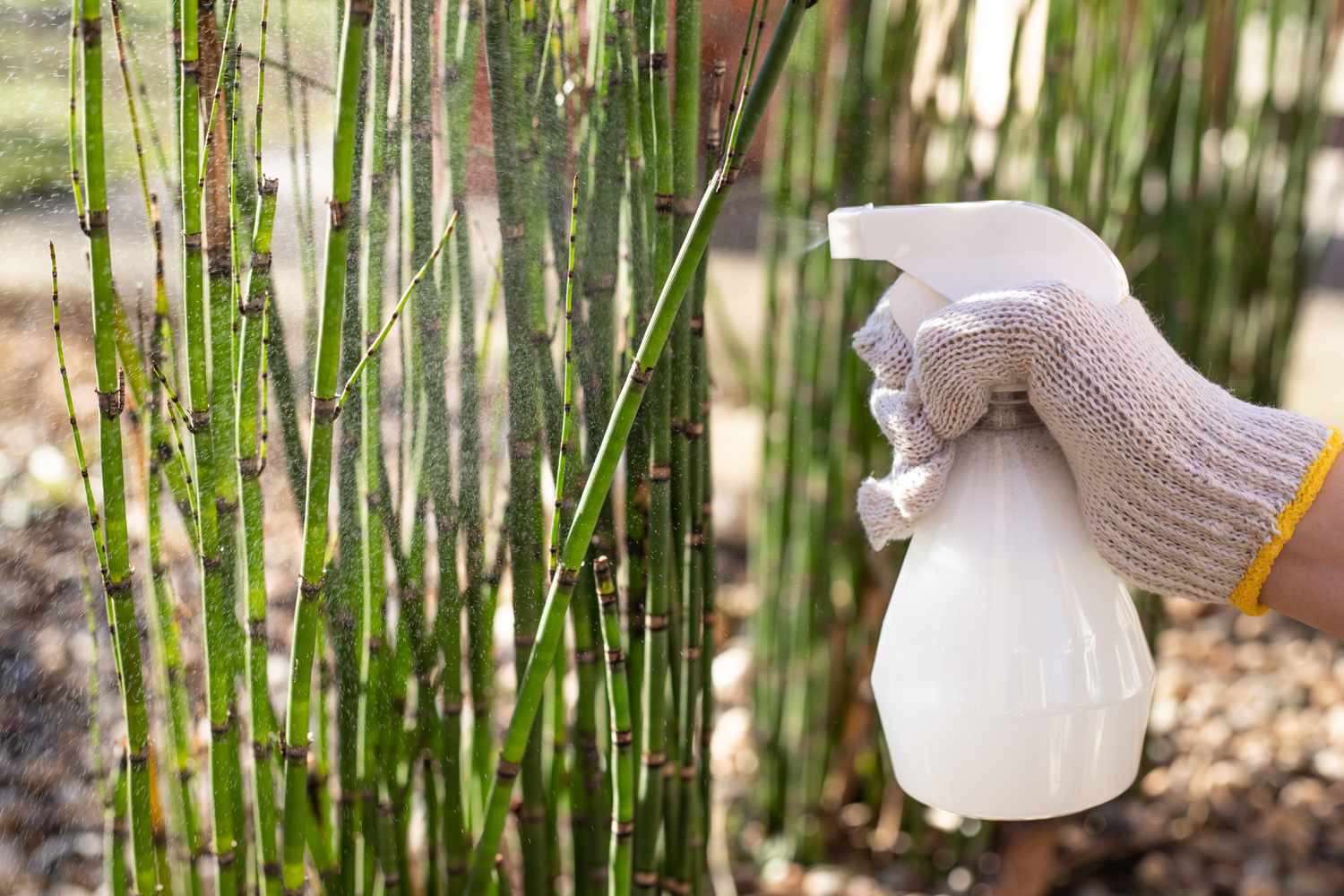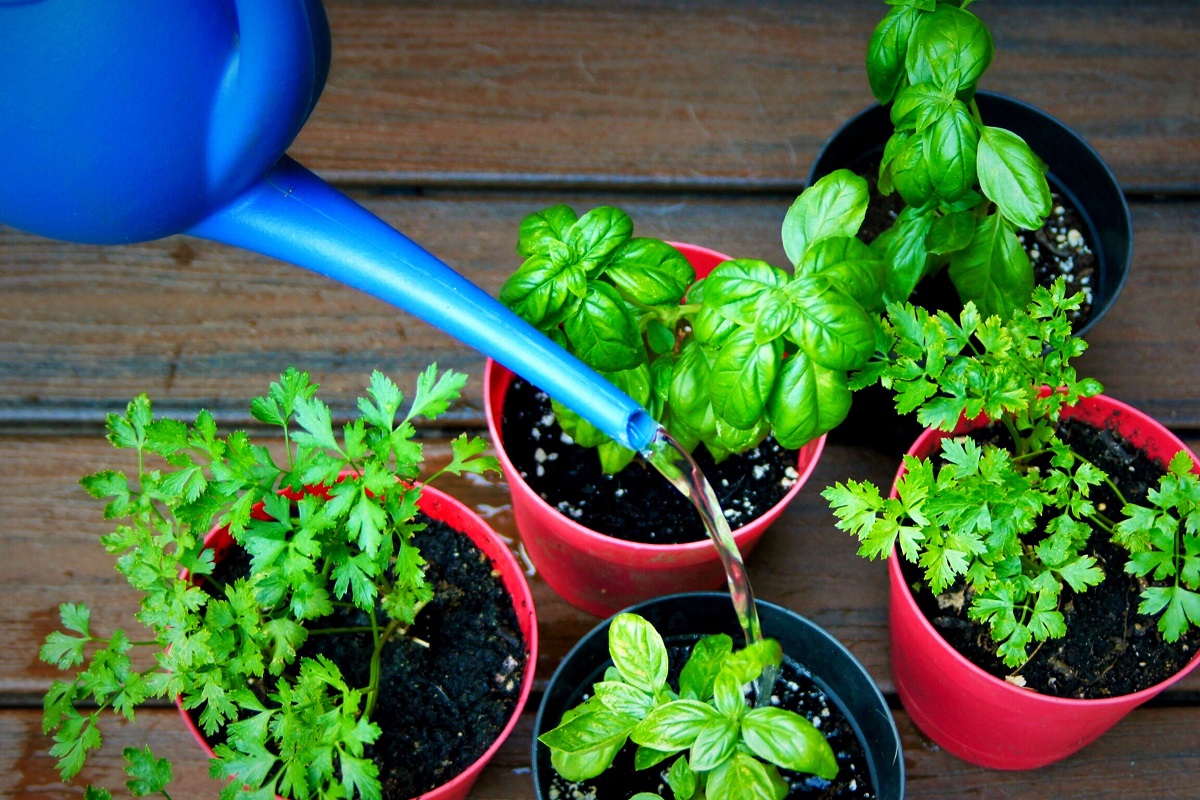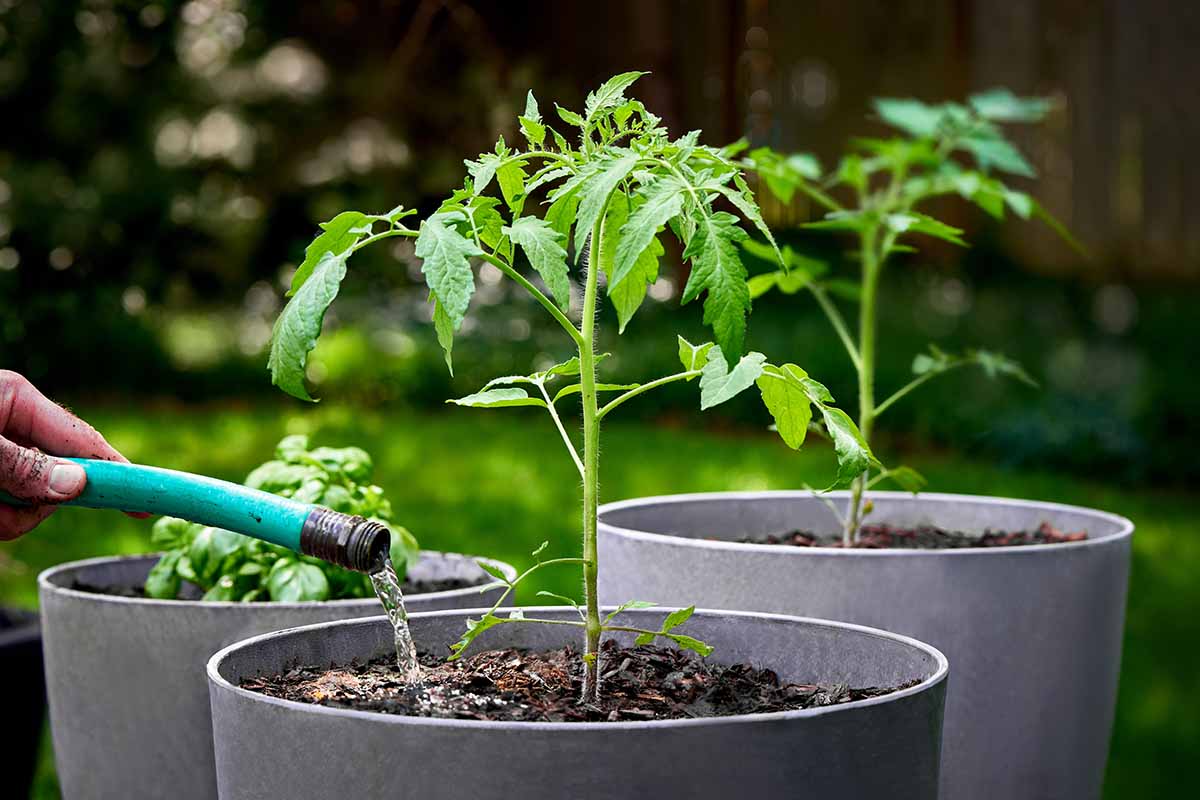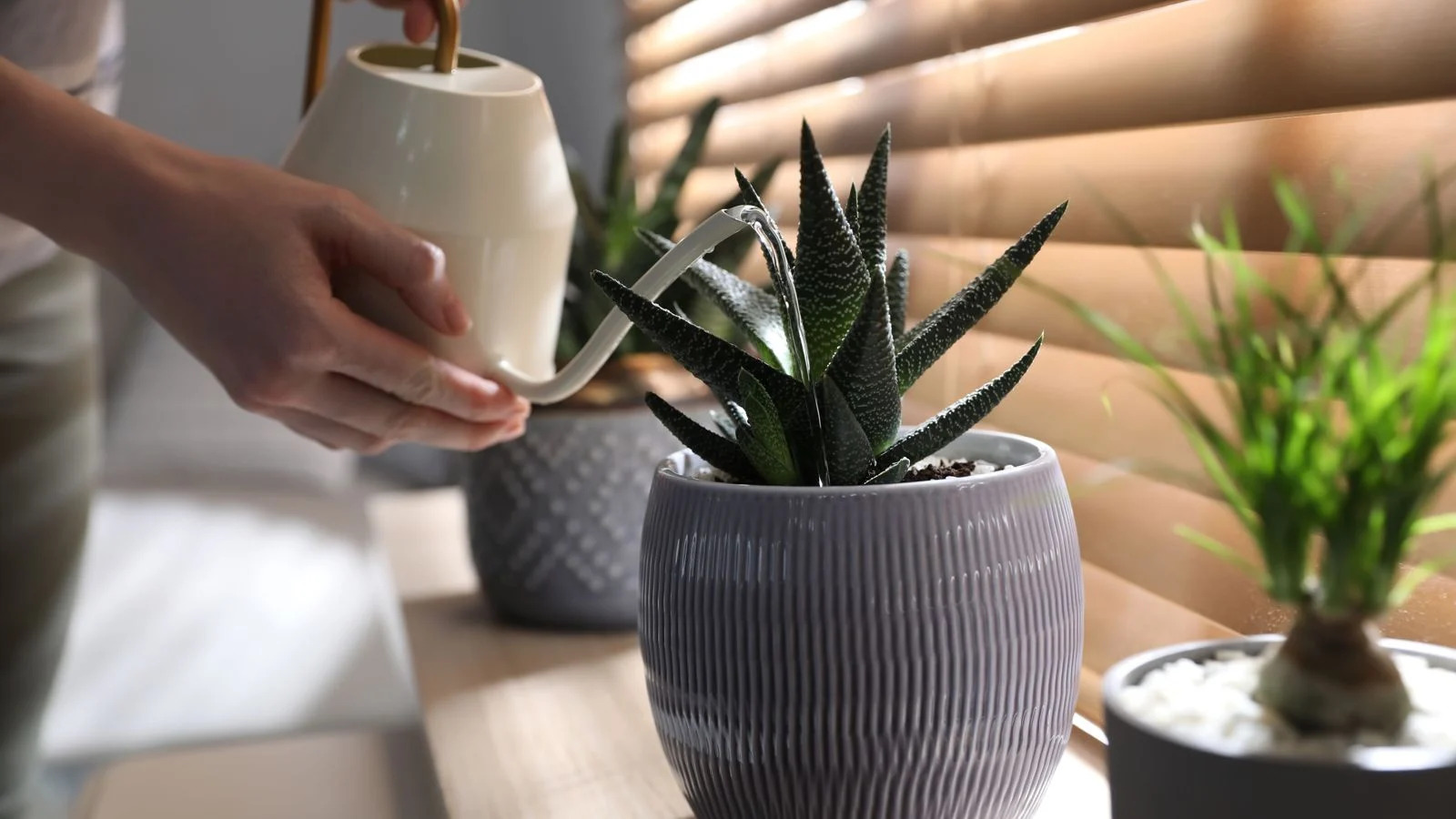Home>Gardening Techniques>Plant Care>How Often Should I Water Seeds
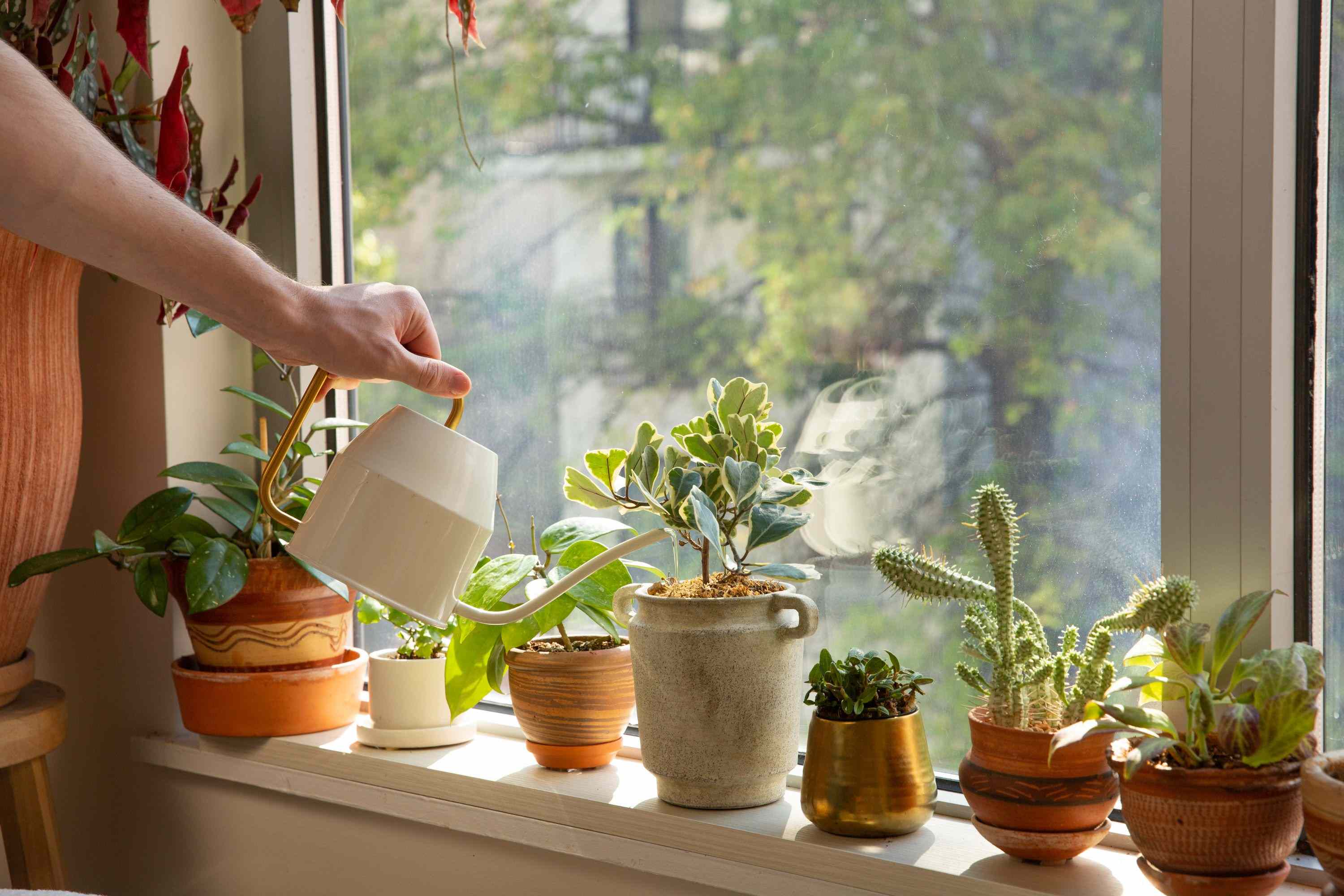

Plant Care
How Often Should I Water Seeds
Published: September 20, 2023
Find out the best watering routine for your seeds. Learn proper plant care techniques for optimal growth and health.
(Many of the links in this article redirect to a specific reviewed product. Your purchase of these products through affiliate links helps to generate commission for Chicagolandgardening.com, at no extra cost. Learn more)
Table of Contents
Introduction
Welcome to the world of plant care, where nurturing seeds and watching them grow into beautiful plants is a rewarding experience. One of the key factors in successful seed germination and growth is providing the right amount of water. However, determining the optimal watering frequency can be a challenge for many plant enthusiasts.
The watering needs of seeds depend on various factors such as the type of plant, environmental conditions, soil moisture retention, and the stage of growth. It is essential to strike the right balance between providing enough moisture for the seeds to germinate and grow, while avoiding overwatering that can lead to root rot and other issues.
In this article, we will explore the factors that affect seed watering frequency, the signs of underwatering and overwatering, and general guidelines for watering seeds. Additionally, we will discuss how to adjust watering frequency based on the type of seeds you are planting and common mistakes to avoid. By the end, you will have a better understanding of how often you should water your seeds to maximize their chances of healthy growth.
Factors Affecting Seed Watering Frequency
Several factors come into play when determining how often you should water your seeds. Understanding these factors will help you tailor your watering schedule to meet the specific needs of your plants. Here are the key factors that influence seed watering frequency:
- Plant Type: Different plants have varying water requirements. Some plants, such as succulents, prefer dry conditions and can tolerate long periods without water. On the other hand, plants like ferns and tropical flowers thrive in moist environments and require more frequent watering.
- Environmental Conditions: The climate and weather patterns in your region play a significant role in seed watering. Hot and dry climates may necessitate more frequent watering, while cooler and more humid environments may require less frequent watering. Additionally, factors like wind and sun exposure can affect the rate of soil moisture evaporation.
- Stage of Growth: The watering needs of seeds change as they progress through different growth stages. During germination, when the seeds are establishing roots, they require consistent moisture to facilitate sprouting. Once the seedlings start developing leaves, they may need less frequent watering as their root systems become more established and can extract moisture from the soil.
- Soil Type and Moisture Retention: The composition of the soil and its ability to retain moisture will impact how often you should water your seeds. Sandy soils drain more quickly and may require more frequent watering, while clay soils retain moisture for longer periods and may require less frequent watering.
By taking into account these factors, you can adjust your watering frequency to provide optimal conditions for your seeds to thrive. It is important to monitor the moisture levels of the soil regularly and make adjustments as needed to maintain the right balance.
Understanding Seed Watering Needs
Water is vital for seed germination and growth, as it provides the necessary hydration for the seeds to activate enzymes and begin the sprouting process. Understanding the specific watering needs of seeds will help you ensure their successful development into healthy plants. Here are a few key points to consider:
- Consistency: Seeds require consistent moisture to germinate and establish roots. Dry spells or uneven watering can hinder their growth. It’s important to maintain a steady level of moisture in the soil during the germination phase.
- Adequate but not excessive: Overwatering can lead to issues such as root rot, fungal diseases, and poor oxygen circulation in the root zone. It’s crucial to avoid saturating the soil and provide enough water to promote healthy root development without drowning the seeds.
- Deep watering: It’s beneficial to water deeply, allowing the water to penetrate the soil and reach the roots. Shallow watering only wets the top layer of soil and encourages shallow root growth.
- Morning watering: Watering in the morning is generally recommended because the weather is cooler, reducing water loss through evaporation. It also allows the foliage to dry off during the day, minimizing the risk of diseases caused by prolonged moisture on the leaves.
- Observe the soil: Regularly check the moisture level of the soil by sticking your finger about an inch deep into the soil. If it feels dry at that depth, it’s time to water. Avoid relying solely on the surface appearance of the soil, as it can be deceptive.
- Watering from below: To provide an optimal watering environment, consider using methods such as bottom watering or using a drip irrigation system. This allows the seeds to uptake water from the bottom, mimicking natural rainfall and promoting healthy root development.
- Adjust based on weather: Adjust your watering schedule based on weather conditions. During hot and dry periods, you may need to water more frequently, while cooler and rainy periods may necessitate less watering. Always consider the specific needs of your plants and the moisture requirements of the seeds you are cultivating.
By understanding and implementing these seed watering practices, you can provide the ideal growing conditions for your seeds and ensure their healthy development into vibrant plants.
General Guidelines for Watering Seeds
When it comes to watering seeds, following some general guidelines will help you provide the right amount of moisture for optimal growth. Here are some key guidelines to keep in mind:
- Start with a moist soil: Before sowing your seeds, ensure that the soil is adequately moist. This will provide a good environment for seed germination.
- Water gently: When watering seeds, use a gentle flow of water to avoid disturbing the soil or displacing the seeds. You can use a watering can with a fine nozzle or a mist setting on a hose.
- Water near the base: Direct your watering near the base of the plants rather than wetting the foliage. This helps prevent the spread of diseases and keeps the leaves dry.
- Apply water evenly: Distribute water evenly throughout the planting area to ensure consistent moisture levels for all seeds. Uneven watering can lead to uneven germination and growth.
- Monitor moisture levels: Regularly check the moisture levels of the soil by inserting your finger about an inch into the soil. If it feels dry, it’s time to water. If it feels moist, hold off on watering until the top inch dries out.
- Don’t overwater: Avoid overwatering, as it can lead to root rot and other problems. Use the “soak and dry” method – water the seeds thoroughly until the excess water drains from the drainage holes, and then allow the soil to dry out before watering again.
- Keep drainage in mind: Ensure that your pots or planting containers have proper drainage holes to allow excess water to escape. Excess water trapped in pots can cause waterlogged soil and harm the seeds or young plants.
- Adjust based on seed type: Different types of seeds have different water needs. Research the specific watering requirements of the seeds you are planting and adjust your watering routine accordingly.
Remember, these guidelines serve as a starting point, and it’s essential to observe your plants and adapt your watering routine based on their specific needs. Pay attention to how your seeds respond to the watering schedule and make adjustments as necessary.
Signs of Underwatering Seeds
Underwatering can hinder seed germination and growth, so it’s important to be able to recognize the signs of insufficient moisture. By identifying these signs early on, you can adjust your watering regimen and provide the necessary hydration for your seeds. Here are some common indicators of underwatering:
- Dry soil: One of the most obvious signs is dry soil. If the soil feels dry to the touch, it’s likely that the seeds are not receiving enough moisture. This is especially true if the soil is consistently dry, even after watering.
- Slow or uneven germination: Underwatered seeds may germinate slowly or unevenly. If you notice that some seeds are sprouting while others remain dormant, it could be a sign of insufficient water reaching the seeds.
- Stunted growth: Insufficient water can result in stunted growth. If your seedlings appear smaller than expected or fail to thrive, lack of hydration could be the culprit.
- Drooping leaves: Underwatered seedlings often have drooping or wilted leaves. This is their way of conserving moisture and reducing water loss through transpiration.
- Yellowing or browning of leaves: As the dehydration continues, the leaves of underwatered seedlings may turn yellow or brown. This is a sign of stress and can eventually lead to leaf death.
- Dry and brittle roots: When you inspect the roots of underwatered seedlings, they may appear dry and brittle instead of being plump and moist. This is indicative of the lack of water uptake.
- Slow development: Underwatered seeds may show slow or delayed development. The lack of moisture can hinder the growth of roots, stems, and foliage, resulting in a noticeable lag in overall plant development.
If you observe any of these signs, it’s crucial to adjust your watering routine and ensure that your seeds receive sufficient moisture. Remember to water thoroughly, allowing the water to penetrate the soil and reach the roots.
Signs of Overwatering Seeds
While providing adequate water is essential for seed germination and growth, overwatering can be just as detrimental. It’s important to be able to recognize the signs of overwatering to prevent issues such as root rot and suffocation. Here are some common indicators of overwatering seeds:
- Waterlogged soil: Overwatered seeds often sit in waterlogged soil. The soil may appear constantly wet or soggy and may have a foul smell. Excess water prevents air circulation and creates an environment favorable for fungal growth.
- Mold or fungus: Overwatering can lead to the growth of mold or fungus on the soil surface or seedlings. You may notice fuzzy white or green patches on the soil or the appearance of mold on the leaves of the seedlings.
- Wilting despite moist soil: Surprisingly, overwatering can cause wilting. This occurs because the excess water restricts oxygen availability to the roots, leading to root damage and the inability of the plant to take up water properly.
- Yellowing leaves: Overwatered seedlings may have yellowing leaves, especially if the roots are compromised. The excessive moisture can interfere with nutrient absorption, causing nutrient deficiencies and yellowing foliage.
- Stunted growth: Overwatering can inhibit root growth, leading to stunted overall plant development. If you notice that your seedlings are not growing as expected despite receiving ample water, excessive moisture may be the cause.
- Blackened or rotting roots: When you remove an overwatered seedling from its pot, you might find blackened or rotting roots. This is a clear sign of root rot, caused by the lack of oxygen in waterlogged soil.
- Weak and floppy stems: Overwatered seedlings often have weak and floppy stems due to the lack of root support and development. The excessive water prevents the roots from anchoring the plant properly.
If you notice these signs of overwatering, it’s crucial to adjust your watering routine immediately. Allow the soil to dry out before watering again, and make sure to improve drainage in your pots or planting areas. Remember, moderation is key when it comes to watering seeds.
Adjusting Watering Frequency Based on Seed Type
Each type of seed has its own unique watering requirements due to variations in their native habitats, growth patterns, and water retention capabilities. Understanding the specific needs of different seed types will help you tailor your watering frequency accordingly. Here are some general guidelines for adjusting watering frequency based on seed type:
- Succulents and Cacti: Succulents and cacti are adapted to arid environments and have low water requirements. They prefer well-draining soil and can tolerate periods of drought. Water these seeds sparingly, allowing the soil to dry out between watering sessions.
- Herbs and Leafy Greens: Herbs and leafy greens generally require more moisture than succulents but still prefer well-draining soil. Water these seeds regularly, keeping the soil moist but not waterlogged. Be mindful of hot weather, as they may require more frequent watering in high temperatures.
- Flowering Plants: Flowering plants have varying water requirements depending on their species. Some may prefer moist soil, while others can tolerate drier conditions. Research the specific needs of the flowering seeds you are planting and adjust the watering accordingly.
- Vegetables: Vegetables generally require consistent and adequate moisture for optimal growth. Keep the soil evenly moist, taking care not to overwater. It’s important to monitor the moisture levels regularly and adjust watering based on the specific needs of each vegetable seed.
- Fruit Trees: Fruit trees require consistent moisture, especially during the fruiting stage. Provide deep watering to promote healthy root growth. Monitor the moisture levels and adjust watering frequency based on the weather conditions and the specific requirements of each fruit tree seed.
- Native Wildflowers: Native wildflower seeds are often adapted to the local climate and soil conditions. Research their specific habitat requirements to determine the optimal moisture levels. Some native wildflowers are drought-tolerant, while others prefer more moisture.
It’s important to note that these are general guidelines, and individual plant species may have specific watering requirements. Always research the specific needs of the seeds you are planting and adjust your watering schedule accordingly. Taking into consideration the plant type, climate, and soil conditions will help ensure healthy and thriving seedlings.
Common Mistakes to Avoid When Watering Seeds
When it comes to watering seeds, it’s important to be aware of common mistakes that can hinder their growth and development. By avoiding these pitfalls, you can ensure that your seeds receive the right amount of water and increase their chances of success. Here are some common mistakes to avoid when watering seeds:
- Overwatering: One of the biggest mistakes is overwatering seeds. Excessive moisture can lead to root rot and suffocate the roots, hindering their ability to absorb nutrients and water properly. Avoid saturating the soil and provide adequate but not excessive water.
- Underwatering: On the flip side, underwatering can also be detrimental. Insufficient water can prevent seed germination and stunt seedling growth. Ensure that the soil remains consistently moist during the germination phase, and adjust watering as the plants develop.
- Improper drainage: Poor drainage can contribute to overwatering and waterlogged soil. Make sure your pots or planting areas have proper drainage holes to allow excess water to escape. Well-draining soil promotes healthy root development.
- Watering at the wrong time of day: Watering during the hottest part of the day can lead to water loss through evaporation. It’s best to water in the early morning when temperatures are cooler, allowing the plants to absorb the water before the heat of the day sets in.
- Inconsistent watering: Inconsistent watering can lead to stress on the plants and uneven growth. Establish a regular watering schedule and stick to it. Monitor the moisture levels and adjust as needed to maintain consistency.
- Ignoring weather conditions: It’s important to consider the current weather conditions when establishing your watering routine. During periods of heavy rain or high humidity, you may need to reduce watering frequency. In dry and hot climates, you may need to increase watering to compensate for moisture loss.
- Watering from above: Watering from above, especially with a strong water flow, can cause soil disturbance and displace seeds. Additionally, wetting the foliage can promote the spread of diseases. Instead, water near the base of the plants to minimize these risks.
- Ignoring the specific needs of the seeds: Different types of seeds have different water requirements. Research the specific needs of the seeds you are planting and adjust your watering schedule accordingly. Understanding their preferences will help you provide the appropriate moisture levels.
By avoiding these common mistakes, you can create a healthier growing environment for your seeds and promote their successful germination and growth.
Conclusion
Watering seeds is a crucial aspect of plant care, and providing the right amount of moisture is essential for their successful germination and growth. By understanding the factors that affect seed watering frequency, such as plant type, environmental conditions, and soil moisture retention, you can tailor your watering routine to meet the specific needs of your seeds.
Remember to adjust your watering frequency based on the type of seeds you are planting. Succulents and cacti prefer drier conditions, while herbs and leafy greens require more moisture. It’s important to monitor soil moisture levels, avoid overwatering or underwatering, and provide consistent moisture for optimal growth.
Be mindful of common mistakes to avoid when watering seeds, such as overwatering, poor drainage, inconsistent watering, and watering at the wrong time of day. By steering clear of these pitfalls, you can create an environment that fosters healthy seedling development.
Ultimately, successful seed watering is a balance between providing adequate moisture for growth and avoiding excessive water that can lead to complications like root rot. By paying attention to the specific needs of your seeds, observing their response to watering, and making necessary adjustments, you can increase the chances of healthy germination and growth.
Remember, each seed is unique, and the watering requirements may vary. Research the specific needs of the seeds you are planting and adapt your watering routine accordingly. With the right care and attention, your seeds will sprout, grow, and flourish, turning into beautiful, thriving plants that will bring joy and beauty to your garden or indoor space.


